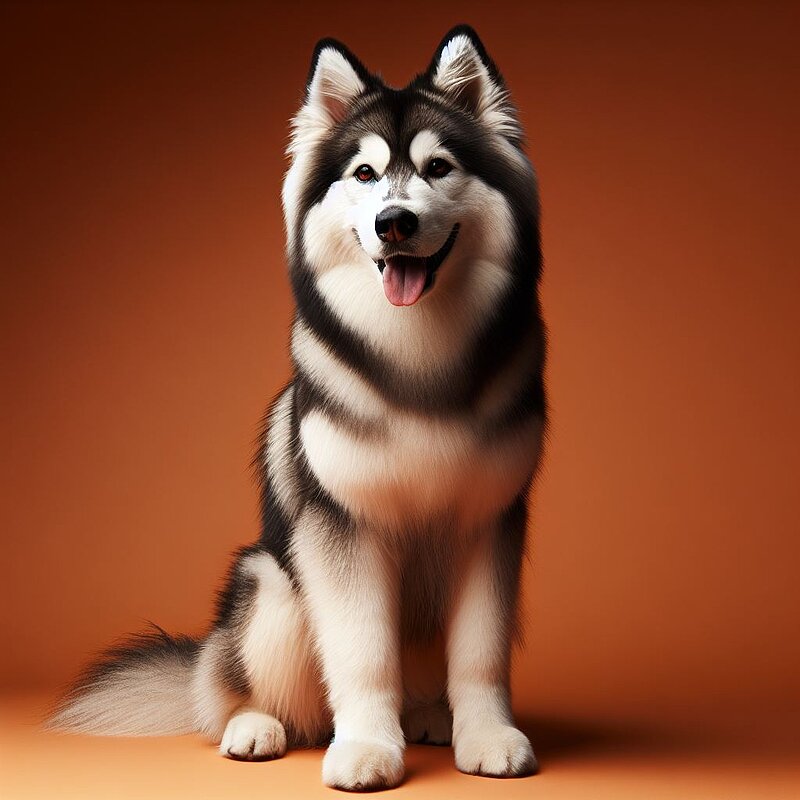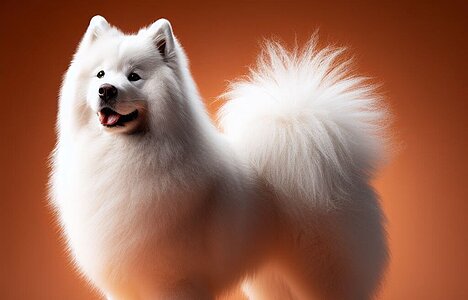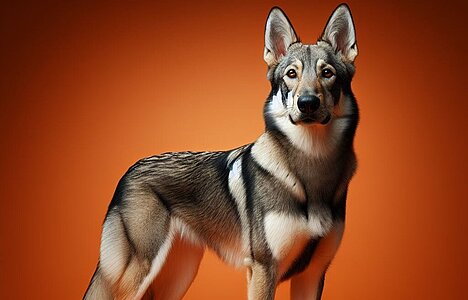The Alaskan Husky: A versatile and friendly dog
History of the Alaskan Husky
The Alaskan Husky is not an officially recognized breed, but a specially bred line of dogs developed primarily in Alaska and the northern regions of North America. Its roots go way back to when indigenous peoples needed their dogs for pulling sleds and hunting. Over time, various dog breeds, such as the Siberian Husky, the Alaskan Malamute and European hunting dogs, were cross-bred to create the ideal sled dog. The main goal was always performance and not appearance.
Who is the Alaskan Husky suitable for?
The Alaskan Husky is perfect for active people who spend a lot of time outdoors and are looking for an energetic companion. It is ideal for dog sports such as canicross, skijoring and, of course, sled dog racing. An Alaskan Husky needs a lot of exercise and mental stimulation. It is therefore not suitable for people who live in small apartments in the city and cannot offer it enough exercise.
Character of the Alaskan Husky
The Alaskan Husky is known for its friendly and sociable character. They are intelligent, eager to learn and very active. These dogs are often very people-oriented and get along well with children and other dogs. Their high intelligence and willingness to work make them excellent working and sporting dogs.
Appearance of the Alaskan Husky
The appearance of the Alaskan Husky can vary greatly, as breeding is based on performance rather than uniform appearance. In general, Alaskan Huskies are medium sized, with a lean and athletic build. Their coat is dense and weatherproof, but can vary greatly in color and pattern. The eyes are often almond-shaped and can be blue, brown or different colors.
Grooming the Alaskan Husky
Grooming the Alaskan Husky is relatively straightforward, but requires regular attention. The dense coat should be brushed weekly to prevent matting and remove loose hair. More frequent brushing is necessary during shedding periods, usually twice a year. As with all dogs, teeth should be brushed and claws trimmed regularly.
Health of the Alaskan Husky
The Alaskan Husky is generally a robust and healthy breed. Thanks to targeted breeding for performance and health, hereditary diseases occur less frequently than in many other breeds. Nevertheless, typical dog diseases such as hip dysplasia or eye problems can also occur in Alaskan Huskies. Regular veterinary examinations and a healthy diet will help to keep your Husky healthy.
Size and weight of the Alaskan Husky
Alaskan Huskies vary greatly in size and weight, depending on their exact breeding and purpose. On average, they are around 50 to 60 cm tall and weigh between 18 and 27 kg. Females are usually somewhat smaller and lighter than males.
Exercise requirements of the Alaskan Husky
An Alaskan Husky has an extremely high need for exercise. Daily, extended walks and intense physical activity are a must. These dogs are not suited to city living unless they have access to large, open spaces and can run and play regularly. Without sufficient exercise, they can develop destructive behavior.
Training recommendations for the Alaskan Husky
Training an Alaskan Husky should start early and be done consistently. These intelligent dogs need clear instructions and plenty of mental stimulation. Positive reinforcement is the key to success. Due to their strong hunting instinct, it is important to practice recall training so that they can run free safely.
Behavioral characteristics and interaction
Alaskan Huskies are social and get along well with children and other dogs. However, they are very energetic and can sometimes be boisterous, which requires caution with small children. Their friendly nature often makes them poor watchdogs, as they are outgoing and curious towards strangers.
Recognition by the FCI
The Alaskan Husky is not a breed recognized by the Fédération Cynologique Internationale (FCI). This is because it is not bred for its appearance, but for its working performance.
Information
Country of origin
Appearance
Coat length
Coat color
Fur pattern
Height at withers
Weight
Life expectancy
Attribute
Purpose of use
Breeding
FCI-Group
More pictures
Similar to Alaskan Husky
These dog breeds look similar to the Alaskan Husky or resemble it in character.




